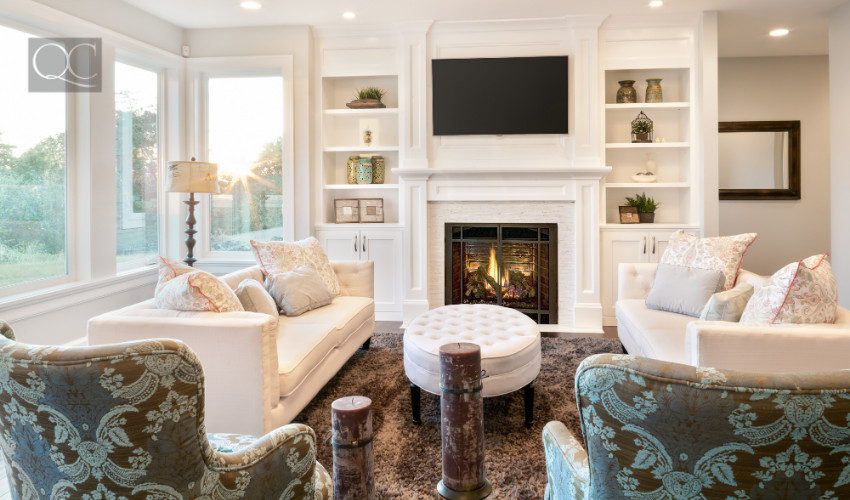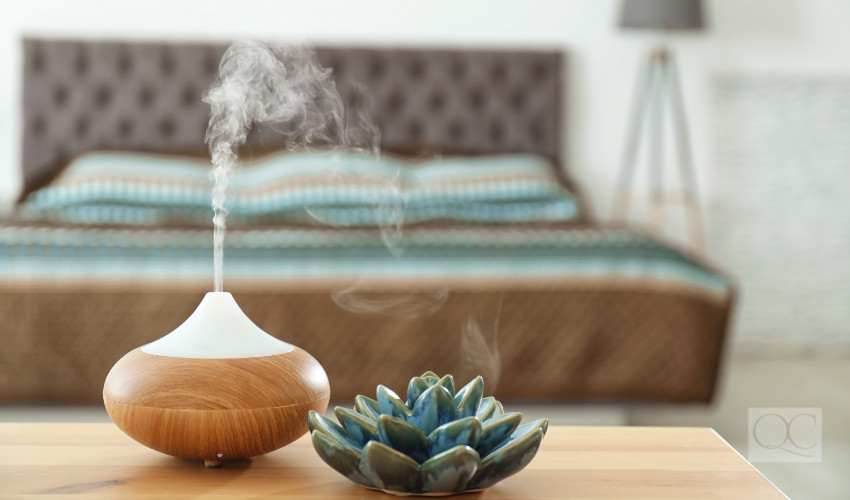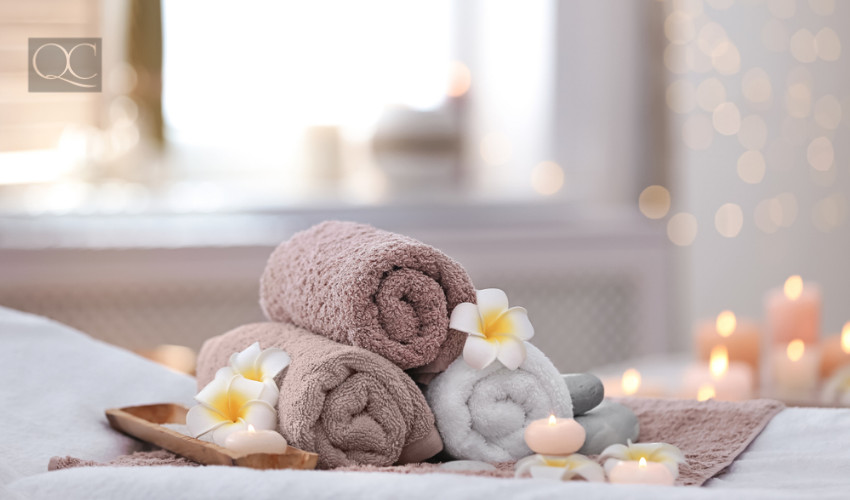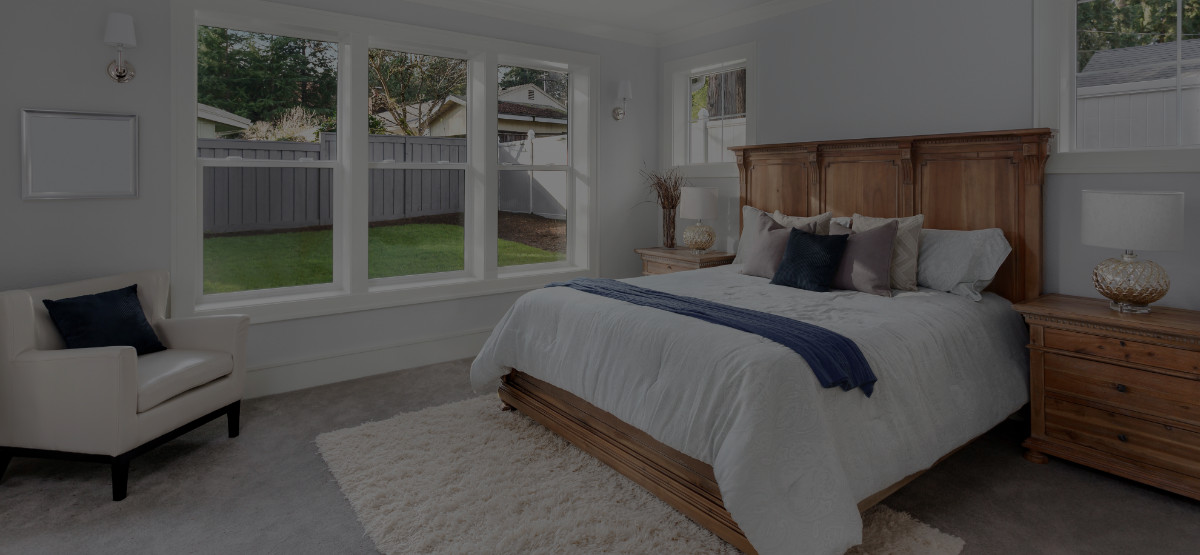Lianne Cousvis is a graduate of QC Design School with certifications in decorating (IDDP), staging and redesign (ISRP), color consulting (ICCP), and professional organizing (AIOP). Lianne grew up in the Bahamas where color is celebrated, and she now owns her own design company ChiChi Fringo Designs in Toronto, Canada.
A home stager’s job is to transform a home to be a neutral slate that sparks a home buyer’s imagination. Potential buyers should be able to see themselves inhabiting the space. Your home staging certification is evidence that you know how to decorate a home without personalizing it. Sure, you probably know to add in living room furniture and silverware for the dining table, but that’s not all.
If you want to sell more homes at a faster rate, you need to go above and beyond. Check out these 5 home staging details that buyers want to see!
1. Have as much light as possible

Oftentimes, buyers are looking at the house on sale before the sellers even know about it! Studies show that potential buyers drive by the home to get a feel for the place prior to attending the open house. Sometimes, this happens before they make an appointment to see it!
The new trend home buyers are looking for are exterior lights. They show off the landscaping and/or architectural details of the home. They are also great safety features. From there, you should ensure that there are no builder lights in the home!
You should always open the curtains to let natural light in. The windows should be freshly-cleaned. Even the artificial lights should all be turned on for a showing. The light fixtures should complement the style of the home and be upgraded with LED lights. This is a chance to add some” bling” or personality to a space that will make an impression. The home should make a statement. When the potential buyer enters a home, the space should reflect how the owner has paid attention to details and made upgrades.
2. Introduce a relaxing, fresh scent
Baking is a staging cliché, but it’s not a bad idea. After all, wouldn’t you rather smell the scent of freshly-baked cookies over the stench of cigarette smoke? As a home stager, you must greet the potential buyer with a fresh, invigorating aroma when they enter.

In the past, home stagers would use plugins or sprays to produce artificial scents with a chemical component. The buyers of today are looking for a fresh, natural scent. Some diffusers look great home decor and allow you to choose a natural scent to gently waft throughout the home. Some good choices are lemon, cinnamon, orange.
There are also plugins you can hide discreetly that allow you to use these same essential oil scents. The goal of this subtle staging strategy is to create a pleasant experience that does not make the buyer question your motives. Manufactured, artificial Fragrances lead buyers to believe you and the homeowner are trying to hide something.
If they step in the front door and have a negative reaction to pet odor, body odor, mildew, etc., you have lost them before they even see the house.
3. Give them the impression that the home is a spa
We know that kitchens and bathrooms and selling points of a home. Home stagers should add many new, fluffy white towels to bathrooms. The conventional way to display them used to be on towel racks. But now, home buyers are looking for a spa-like feeling in the bathroom. The towels are now rolled and placed in a pretty basket the way they would be at a spa or massage parlor. It gives buyers the idea that the bathroom is a space to relax in.

4. Use color theory in all the right places
When staging a home, the first thing all home stagers do to prepare a house for sale is to declutter and depersonalize. Part of the depersonalizing process is to paint all the walls. Whereas white was the defacto paint color. Nowadays, home stagers are expected to stay current with design color trends.
Home stagers should have a strong understanding of color theory and the moods that colors can create in a space. If you think you could benefit from additional training, check out QC’s Color Consultant course. It is a great complementary course to your home staging certification.
Color training will help you understand that bathrooms should impart a calm feeling. You could paint the walls a soft blue to evoke that vibe. Adding color to the walls will help give the home some personality that is still neutral enough to appeal to the masses but not so boring that nobody can envision themselves in that space. Buyers are looking for a strong connection to the house they want to become a home.
It is also helpful to know about current color trends so you can sprinkle that color around the home. This should be done as soon as they walk up to the door. On the front porch, you could decorate with flowers. Inside the home, use color in pillows and/or artwork so the home stands out from all of the other homes on the market.
5. Make buyers forget about chores

Buyers should not feel like they need to do work when they’re in the house. It is obvious that they shouldn’t feel like there are many projects to complete before moving in. But home stagers should also be aware that potential homeowners do not want to be reminded of chores to do.
Weeds should be pulled from the driveway and the garage floor should be swept. Beyond that, the buyer should see all the “pretty” and not the practical. This is about making sure that the broom and mop are not falling out when potential buyers open the closet door (and they will open them all). It is also important to clear all the kitchen counters and sinks from dish soap, paper towels, or sponges.
Of course, everyone knows that chores are a part of everyday living. But we do not want it to be on the buyers’ minds when they view a home. They should enjoy the space and want to be in it permanently.
What other details are worth mentioning? Leave us a comment!

I would like to learn how to excel as a stage interior designer